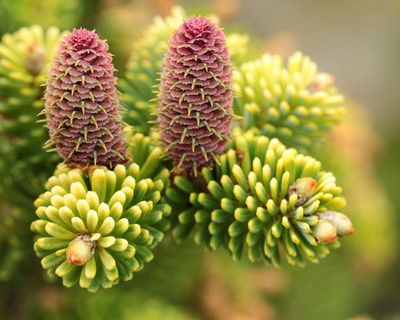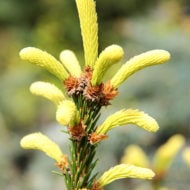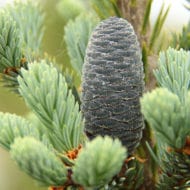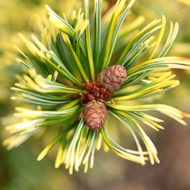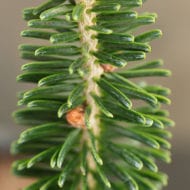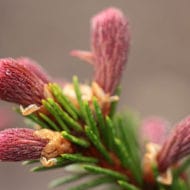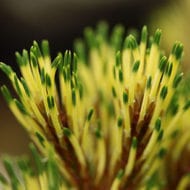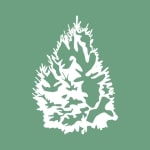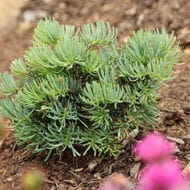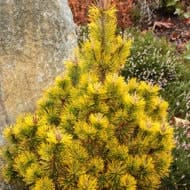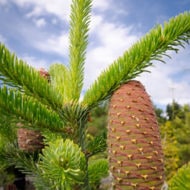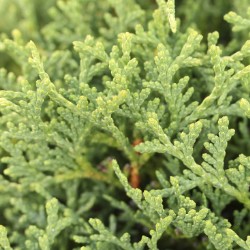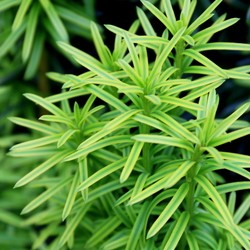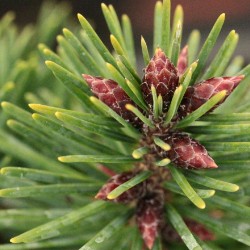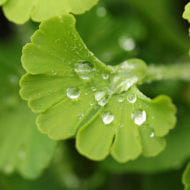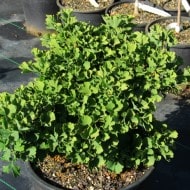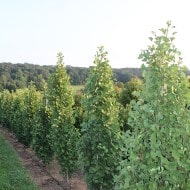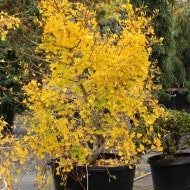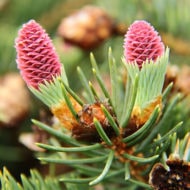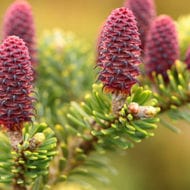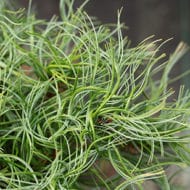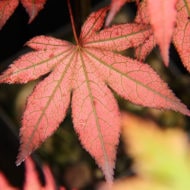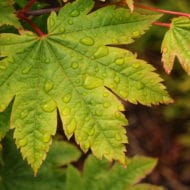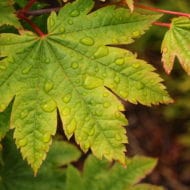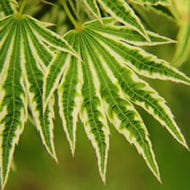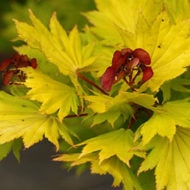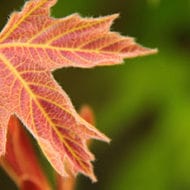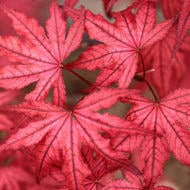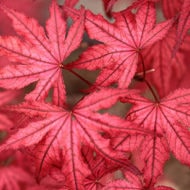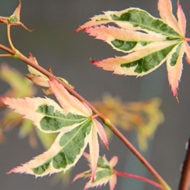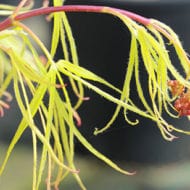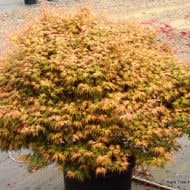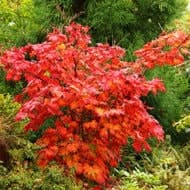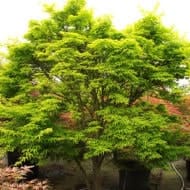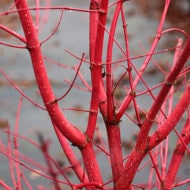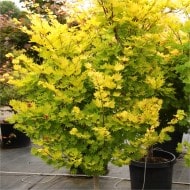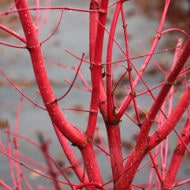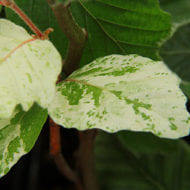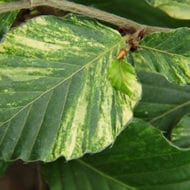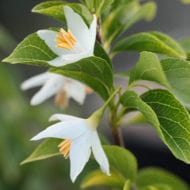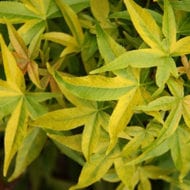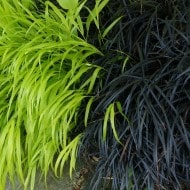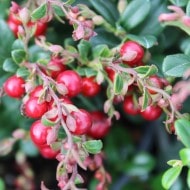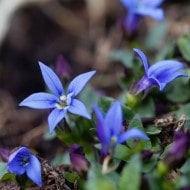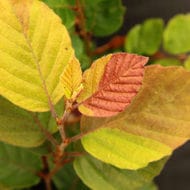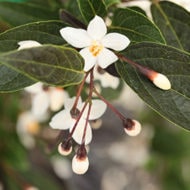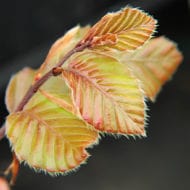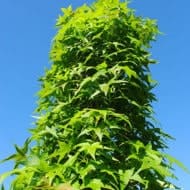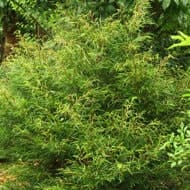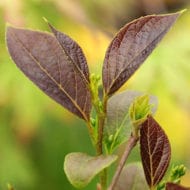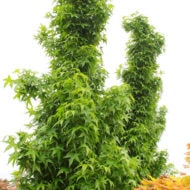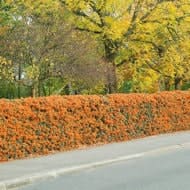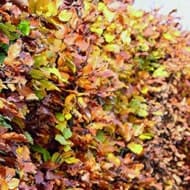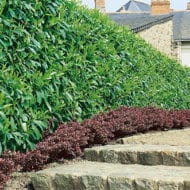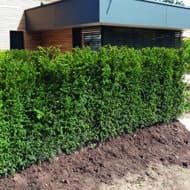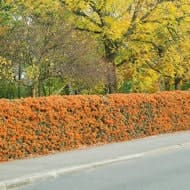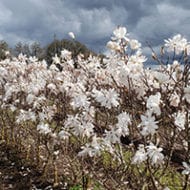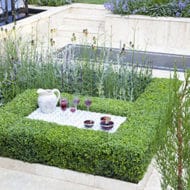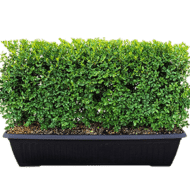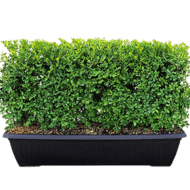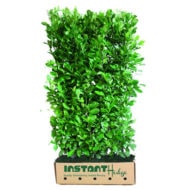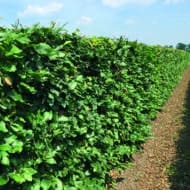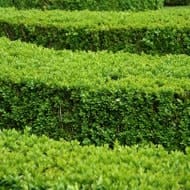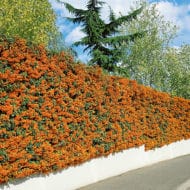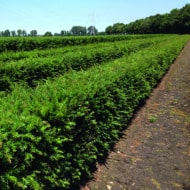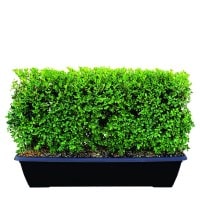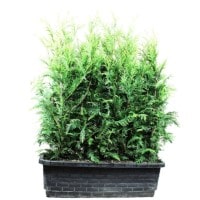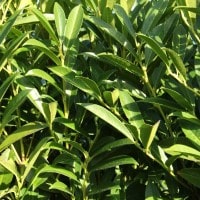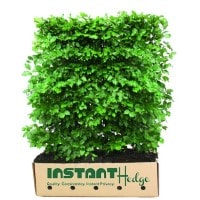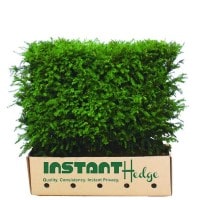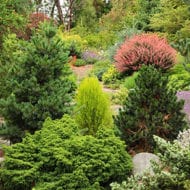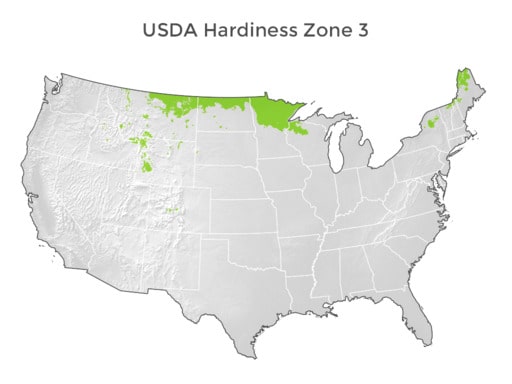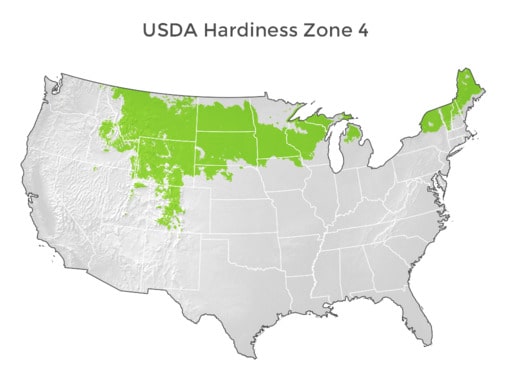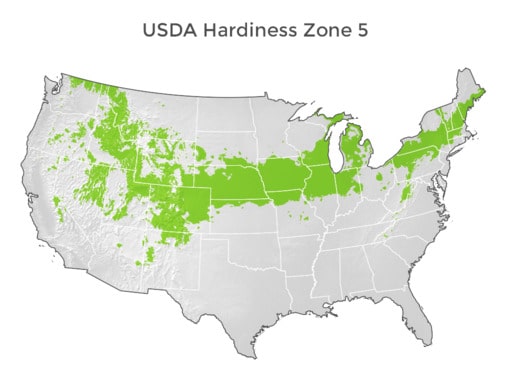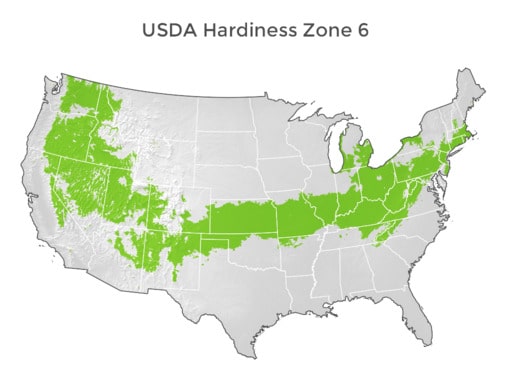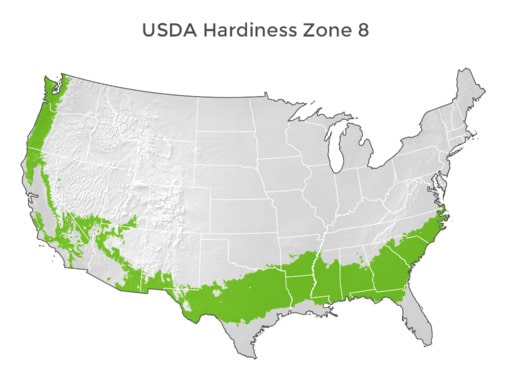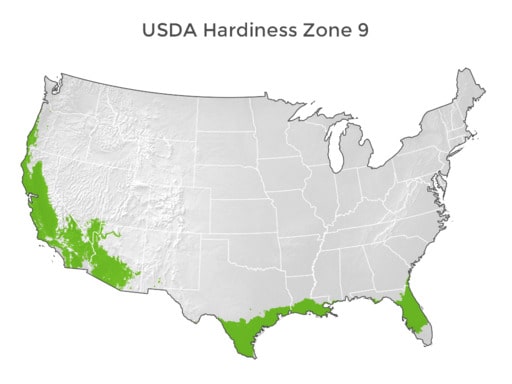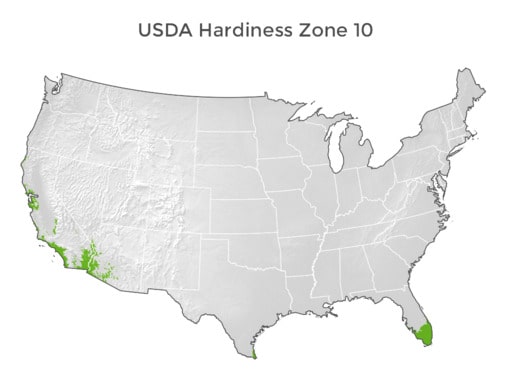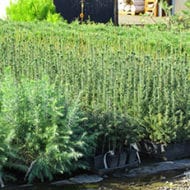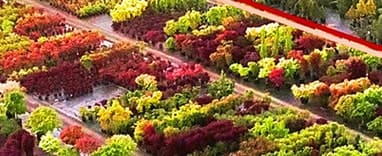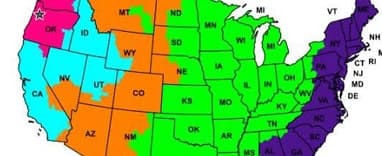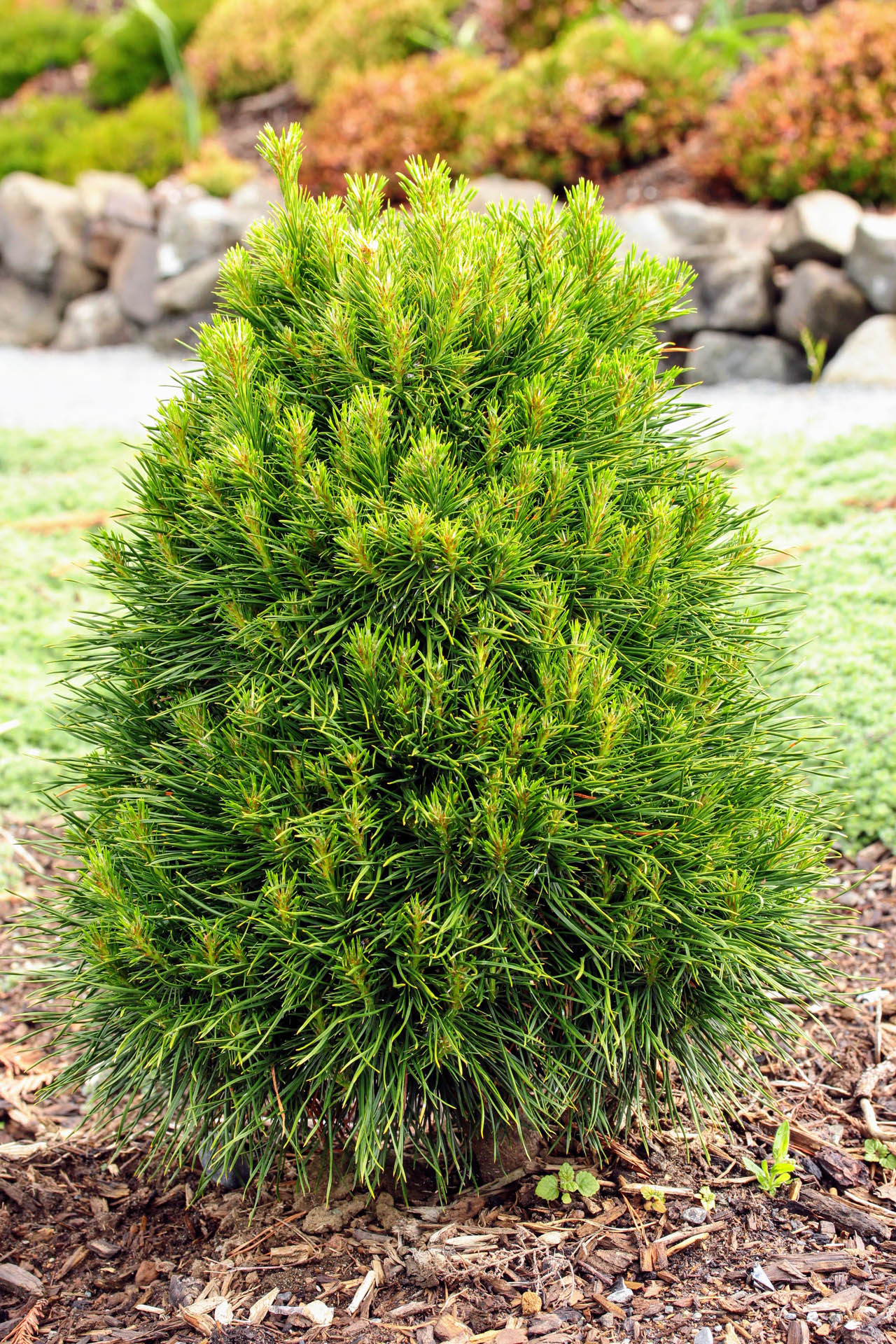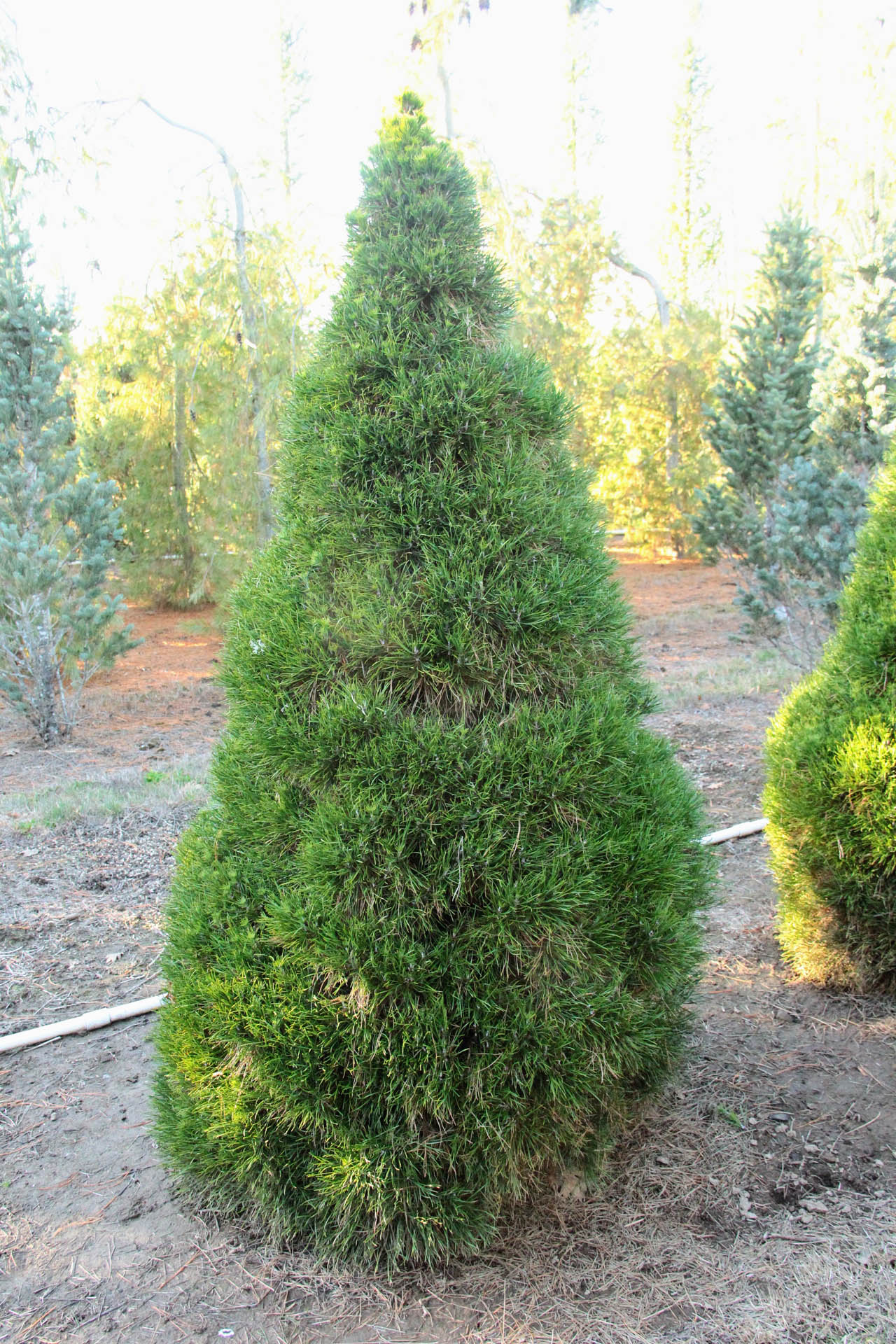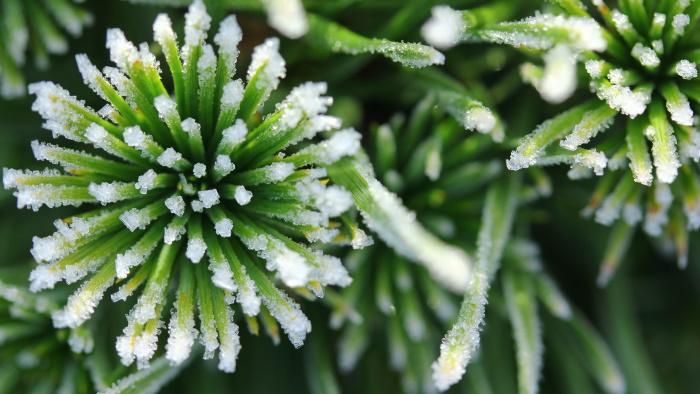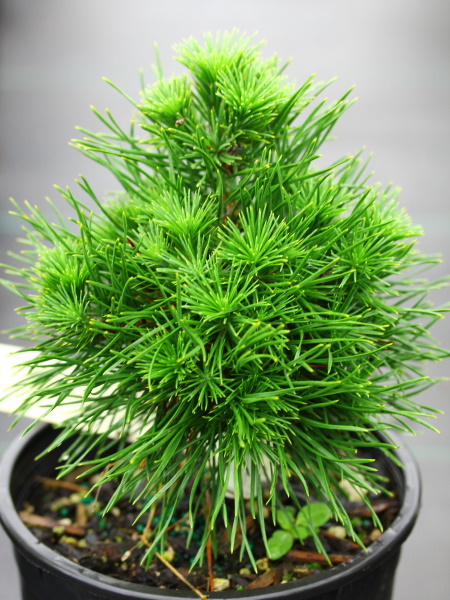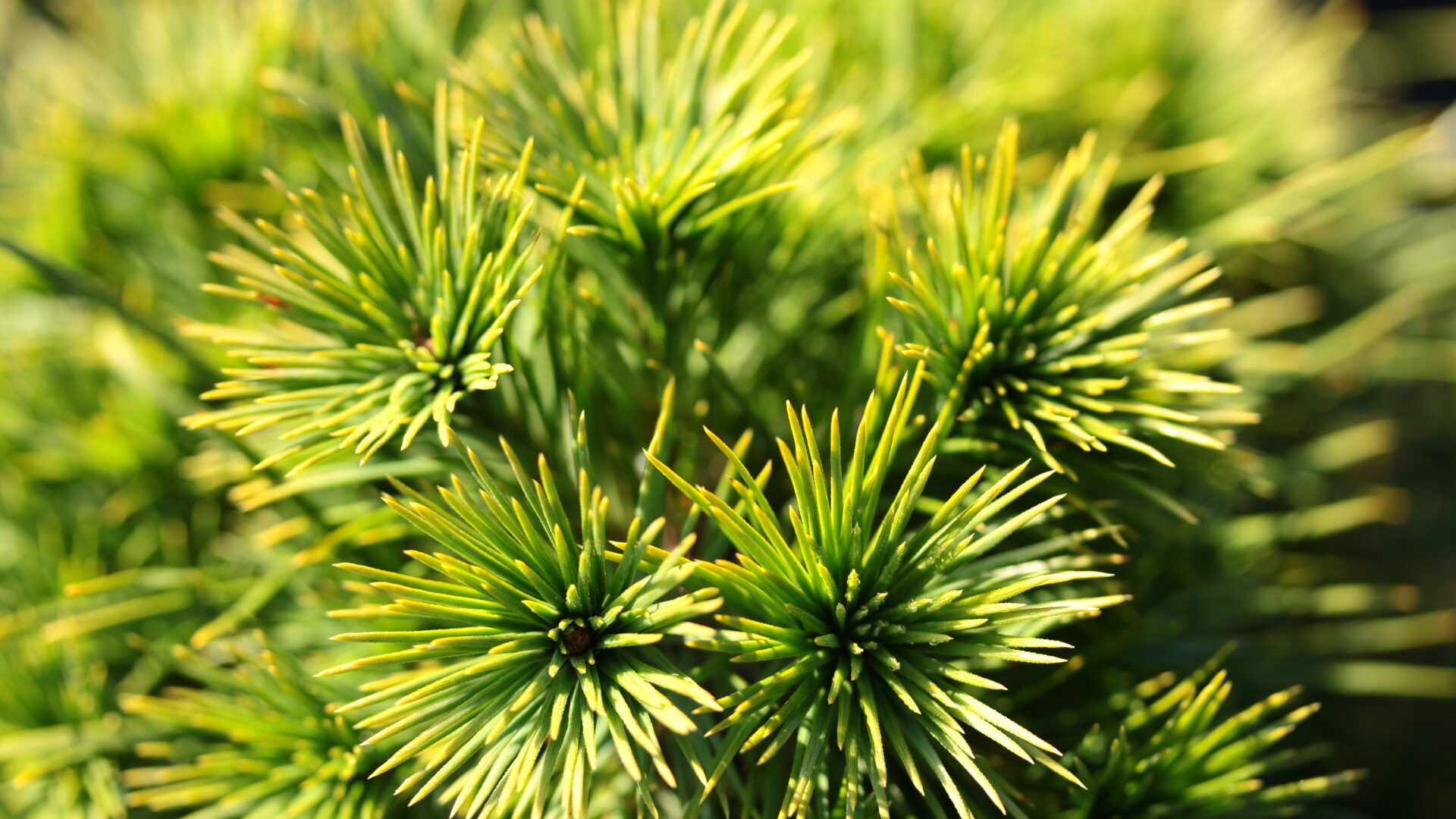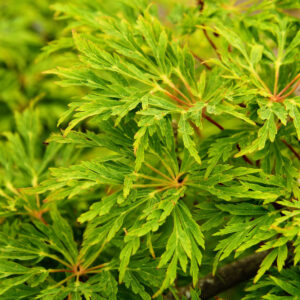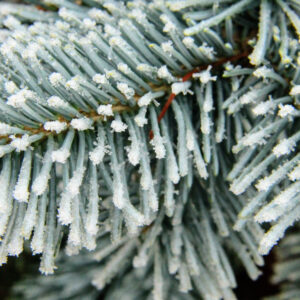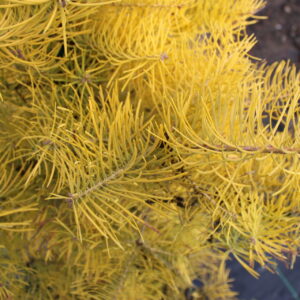
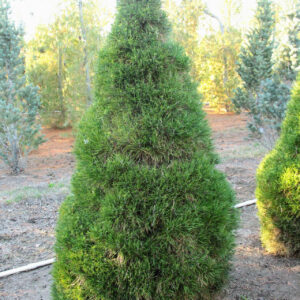
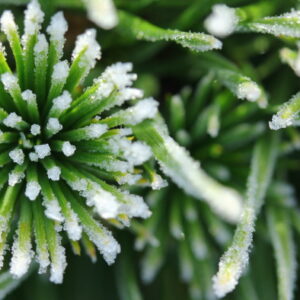
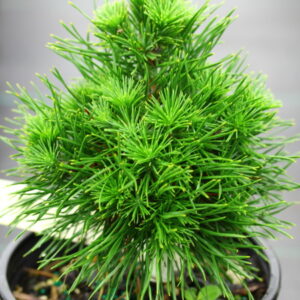
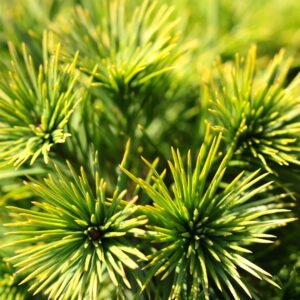
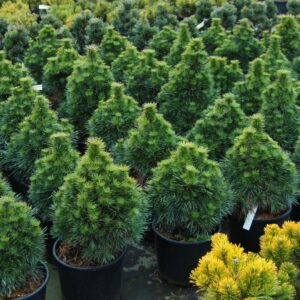
*Photos may demonstrate how the plant grows and do not necessarily pertain to the available crop(s).
Pinus sylvestris ‘Green Penguin’ Scots Pine
SKU: PinSyl-GreenPenguin-0-0
Categories: Green, Green Conifers, Miniature Conifers, Our Plants, Pinus sylvestris - Scots Pine, Pyramidal, Pyramidal, Zone 3, Zone 4, Zone 5, Zone 6, Zone 7, Zone 8
Tags: All Is Fixed, BP-1, BP1, Hardiness Zone 3, Popular
Description
Dense, thick needles on this upright, bushy pine give the plant the appearance of a penguin. A very distinctive pine with a clever name.
USDA Hardiness Map
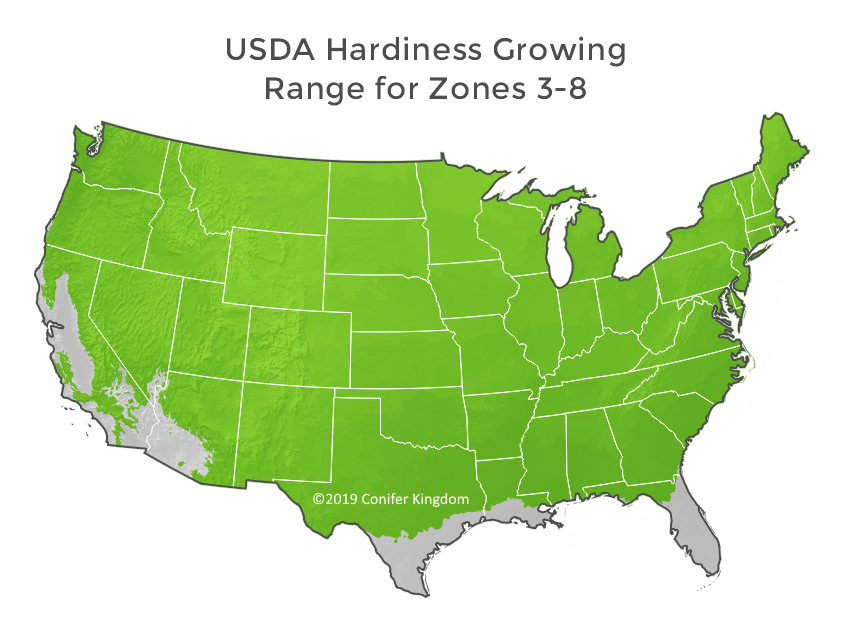
Plant Form

Green Penguin Scots Pine is a unique, dwarf variety of the Scots Pine, native to Scotland, northern Scandinavia, Europe, and northern Asia. It was a happy discovery by Jim Lewis in a Minnesota nursery in the late 1990s. He named it ‘Green Penguin’ for its distinctive squat, compact appearance, reminiscent of a waddling penguin.
This little tree has a broad base tapering to a sharp tip at maturity. Its dense, thick needles emerge light green in clusters resembling flowers, then darken to rich green and hold their color through winter. Green Penguin grows very slowly, at about 2″ to 4″ per year, and becomes 3′ high and 1.5′ wide in 10 years. Because of its small size and slow growth, it is an excellent choice for small spaces planted individually or in groupings. It works well in rock, Asian, or alpine gardens, mixed conifer gardens, city gardens, as an individual accent, in containers, or planted in a line as a boundary or screen.
It is hardy in USDA zones 3 to 8 and is a good substitute for Dwarf Alberta spruce in the colder areas of its range. Green Penguin grows best in full sun but appreciates some morning or filtered sun in the hotter regions. It is not fussy about its soil type and can thrive in loam, sand, or clay as long as it is well-draining. Soggy or consistently wet soil spells root rot and death for this plant. Water at planting and weekly for the first year and it will become moderately drought-resistance after establishing. Plants in containers need more frequent watering since their soil will dry out more quickly, especially during dry periods.
Dogwoods, Japanese maples, magnolias, spiraeas, rhododendrons, azaleas, mountain laurels, cherry laurels, roses, abelias, barberries, and weigelas are good companion plants to plant near Green Penguin. Other conifers, such as arborvitae, cedars, cypress, and low-growing junipers, look good together with Green Penguin. Flowering perennials, like echinaceas, peonies, Shasta daisies, asters, columbines, lavender, Russian sage, and sedums, add a spot of color against the dark green of the tree. Ground covers, such as hostas, portulaca, creeping phlox, ice plants, and periwinkle, complement the dense needle growth with a carpet of texture and color at its base.
This little tree is a low-maintenance plant for beginners and experienced gardeners alike. It never needs pruning, is deer-resistant, tolerates urban pollution, and has no significant diseases or pests. Truly an excellent choice!
This little tree has a broad base tapering to a sharp tip at maturity. Its dense, thick needles emerge light green in clusters resembling flowers, then darken to rich green and hold their color through winter. Green Penguin grows very slowly, at about 2″ to 4″ per year, and becomes 3′ high and 1.5′ wide in 10 years. Because of its small size and slow growth, it is an excellent choice for small spaces planted individually or in groupings. It works well in rock, Asian, or alpine gardens, mixed conifer gardens, city gardens, as an individual accent, in containers, or planted in a line as a boundary or screen.
It is hardy in USDA zones 3 to 8 and is a good substitute for Dwarf Alberta spruce in the colder areas of its range. Green Penguin grows best in full sun but appreciates some morning or filtered sun in the hotter regions. It is not fussy about its soil type and can thrive in loam, sand, or clay as long as it is well-draining. Soggy or consistently wet soil spells root rot and death for this plant. Water at planting and weekly for the first year and it will become moderately drought-resistance after establishing. Plants in containers need more frequent watering since their soil will dry out more quickly, especially during dry periods.
Dogwoods, Japanese maples, magnolias, spiraeas, rhododendrons, azaleas, mountain laurels, cherry laurels, roses, abelias, barberries, and weigelas are good companion plants to plant near Green Penguin. Other conifers, such as arborvitae, cedars, cypress, and low-growing junipers, look good together with Green Penguin. Flowering perennials, like echinaceas, peonies, Shasta daisies, asters, columbines, lavender, Russian sage, and sedums, add a spot of color against the dark green of the tree. Ground covers, such as hostas, portulaca, creeping phlox, ice plants, and periwinkle, complement the dense needle growth with a carpet of texture and color at its base.
This little tree is a low-maintenance plant for beginners and experienced gardeners alike. It never needs pruning, is deer-resistant, tolerates urban pollution, and has no significant diseases or pests. Truly an excellent choice!
Additional information
| Weight | N/A |
|---|---|
| Latin Name | Pinus sylvestris 'Green Penguin' |
| Plant Size | #1 Container, #2 Container, #3 Container, #5 Container, #7, 18-24", #7, 24-30", Specimen |
| Common name | Green Penguin Scots Pine |
| Sun Exposure | Sun/Part Shade |
| ANNUAL GROWTH | 2-4" |
| Growth Rate | Miniature |
| HxW@10 Years | 3'x1.5' |
| Color | green |
| Form | Pyramidal |
| Hardiness Zone | Zones 3-8 |
| Color | |
| Growth Rate | |
| Form | |
| Your auto-detected zip code |  |
| hardiness zone based on zip code |  |
| You can also try another zip code |


